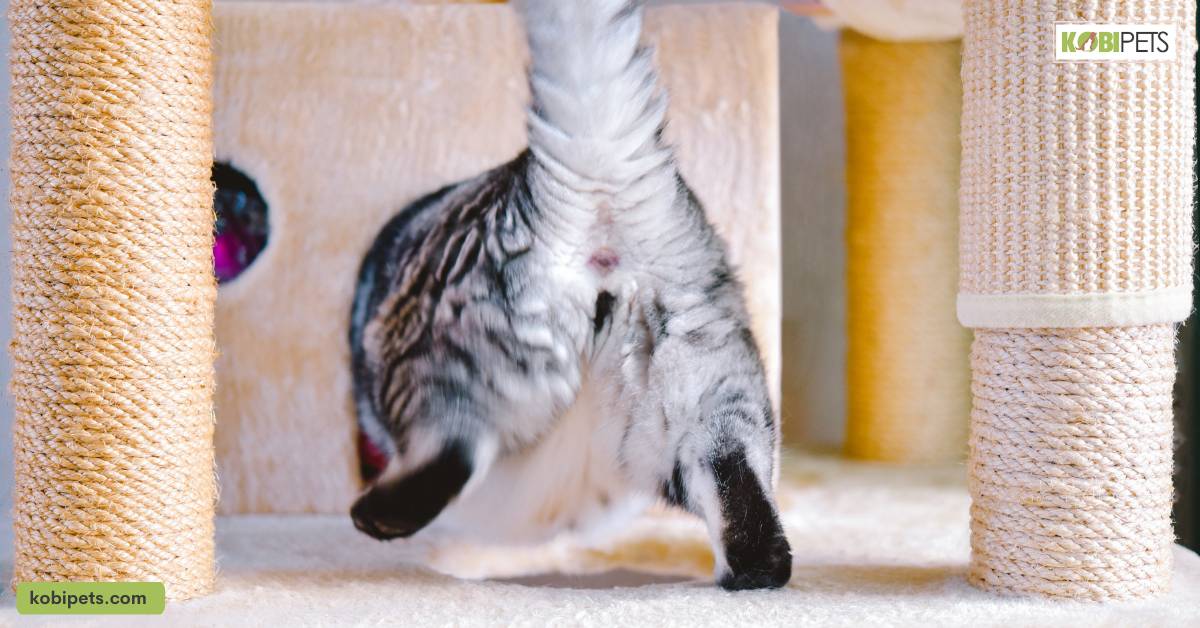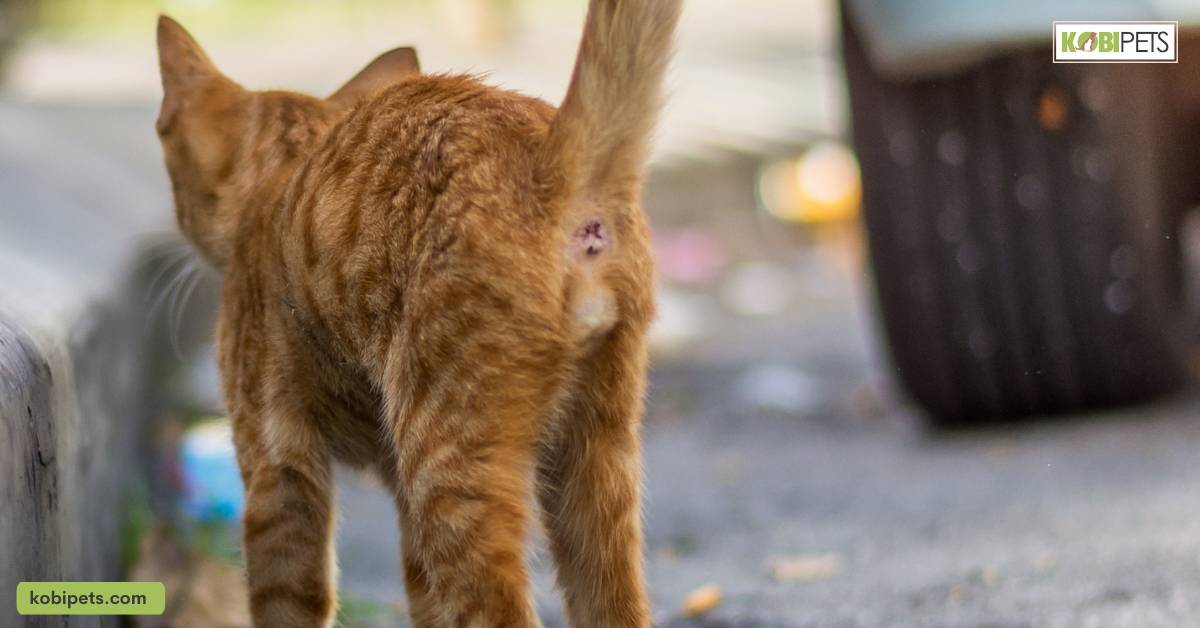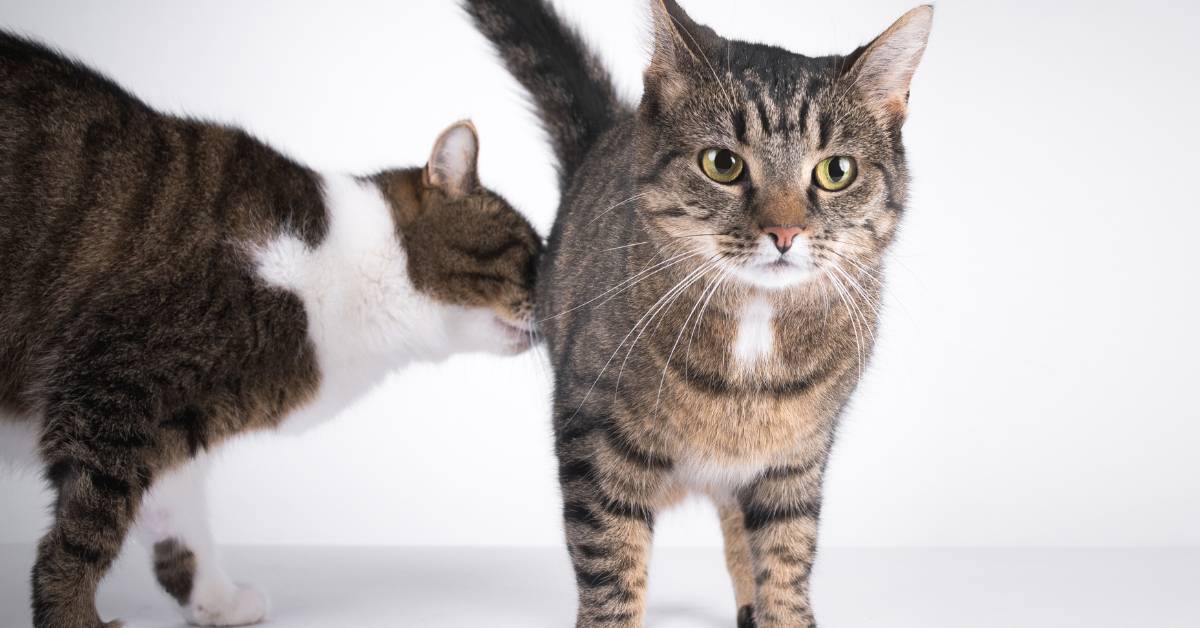
Determining the gender of a kitten is an important task for pet owners, as it helps in providing proper care, nutrition, and training. However, determining the gender of a kitten can be a tricky task, especially for those who are new to pet ownership.
In this blog, we’ll discuss how to tell if a kitten is a boy or a girl by looking at external physical characteristics, differences in sexual anatomy, and behavior and temperament. We’ll also help you avoid common mistakes when determining gender.
Importance of Identifying the Gender of a Kitten
Identifying the gender of a kitten is an important task for any pet owner. Not only does it give the kitten permanent identification, but it also helps to ensure that mating is kept in check. It is much easier and less stressful for both cats and humans when the genders are known.
Knowing if a cat is male or female can help you be prepared before taking them to get spayed or neutered. In addition, there are several physical clues pet owners can look for in order to identify genders such as the color or location of genitals or even tail position. Taking the time to accurately identify the gender of your kitten will prove beneficial in many different scenarios.

Common Misconceptions About Determining the Gender of a Kitten
As pet owners, one of the most important decisions we have to make is determining the gender of our kittens. Common misconceptions about this process can easily lead to misidentification and other issues down the road. It’s essential that every cat owner takes the time to understand the basics of gender identity before making a final decision.
1. Coat Color:
There is a common myth that the color of a kitten’s coat can help determine its gender, with white or light-colored cats being female and dark-colored cats being male. This myth is untrue, as coat color has nothing to do with gender.
2. Nose Color:
Another misconception is that the color of a kitten’s nose can help determine gender. This is also untrue, as cats of different genders can have noses of varying colors.
3. Tail Position:
Some people believe that the position of a kitten’s tail will help them identify its gender, but this too is false. The position of a cat’s tail can vary depending on its breed, but it does not indicate gender.
4. Size:
Some people may think that larger cats are male and smaller cats are female, but this is also untrue. Cats of either gender can come in a variety of sizes, so size alone cannot be used to determine the gender of a kitten.

External Physical Characteristics
Difference in size and weight between male and female kittens
Male and female kittens can exhibit significant differences in size and weight. Male kittens tend to be larger than female kittens, though this is not universal. Generally speaking, male cats can weigh up to 50 percent more than female kittens of the same
age. It should be noted that while some adult cats may reach approximately 15 pounds, male cats usually reach weights of between 10-15 pounds while female cats tend to max out at around 10 pounds.
This difference in weight is likely due to being fed differently as they are growing or inherent anatomical differences between genders. Regardless, male and female kittens will typically have differences in physical characteristics related to size and weight.
Differences in the shape and size of the head
If you’re wondering how to tell if a kitten is a boy or a girl, one of the most reliable methods is by examining the external physical characteristics. Kittens of each gender have noticeable differences in the shape and size of their heads which make it easier to identify them.
Male kittens tend to have longer and broader faces compared to female kittens whose faces appear more round and delicate in comparison. Additionally, male kittens generally have larger heads with heavier jowls than female kittens which can lead to the mistaken belief that they are older even though they may be younger.
It’s important to note that all these indicators will vary depending on their breed, so additional research into different breeds will help improve accuracy.
Differences in fur patterns and colors
External characteristics are a quick way to determine whether a kitten is male or female. Depending on the breed, fur patterns and colors can be helpful indicators. For instance, calicos – cats with white spots, orange patches, and black fur because of their genetic makeup – are almost always female.
Tabby cats come in several markings with stripes, and spotted or patched fur; however, the mackerel tabby pattern which has continuous stripes down the cat’s side is usually bestowed on males. While these differences in coat marking are useful for quick identification of sex, it is important to note that this method is not foolproof.
Certain breeds like the Sphinx cat do not follow the traditional patterns in terms of coat markings regardless of gender. To identify a kitten’s sex definitively, a vet should be consulted.

Sexual Anatomy
Identifying the anatomy of a kitten is an important step in determining its sex. The male genital organ, known as the penis, is fairly easy to locate in comparison with the female organs. To locate the penis on a kitten, you will need to carefully hold your pet and gently lift its tail.
In a good light, you should be able to easily distinguish an opening just below where their tail is – this will be their anus. Located just beyond the anus is their genital organ – known as either a penis or vulva.
Male cats have a small tube-like structure with two symmetrical folds surrounding it on either side which identifies them as male. Female cats have two openings not spaced close together (although they may appear close due to fur).
If you find neither of these identifying structures then look further up the tail (towards the abdomen) for what looks like plump skin folds resting between the legs – this structure is called a scrotum and confirms that your cat is male.

Behavior and Temperament
One of the most common methods for determining the gender of a kitten is to observe its behavior and temperament. Generally speaking, male kittens tend to be more active, vocal, and physically protective than females.
Female kittens typically aren’t as loud and territorial as males; they may even appear more accommodating or sociable around strangers. Personality differences don’t automatically mean that one kitten is male and the other is female—it’s important to consider the context of their behavior when trying to predict their gender.
Ultimately, it isn’t always easy to tell a cat’s sex just by observing its behavior, so consulting with your veterinarian is always recommended if you’re unsure.

Common Mistakes in Identifying Gender
Knowing how to correctly identify gender often seems like a complicated process, especially when we are presented with unfamiliar scenarios. It’s important to be aware of the common mistakes which are made when trying to determine gender in order to avoid any potential misgendering.
Understanding the nuances of gender identity can go a long way in making sure that our conversations and exchanges remain respectful, affirming, and inclusive.
- Relying solely on coat color
- Mistaking a scrotum for a vulva
- Believing that size is an indication of gender
- Assuming nose color can help identify gender
- Misinterpreting tail position as an indicator of gender
- Assuming that behavior and personality are reliable markers of gender
- Not consulting with a vet if you’re uncertain of the gender
- Assuming that all cats are either male or female, which is not always the case. Some cats can be hermaphrodites and have both male and female sexual organs. Such cats should always be referred to a veterinarian for a professional diagnosis.

In Conclusion
Determining the gender of a kitten is an important step for any pet owner. Knowing the gender of your cat can help ensure proper nutrition and care as well as keep mating in check. While there are many myths about how to identify a cat’s gender, external physical characteristics, differences in sexual anatomy, and behavior and temperament are the most reliable methods for determining gender.
Additionally, it is important to be aware of common mistakes made when identifying gender in order to avoid misgendering. Ultimately, consulting a veterinarian if you are ever unsure is the best way to ensure accuracy and provide your kitten with the best care possible.






